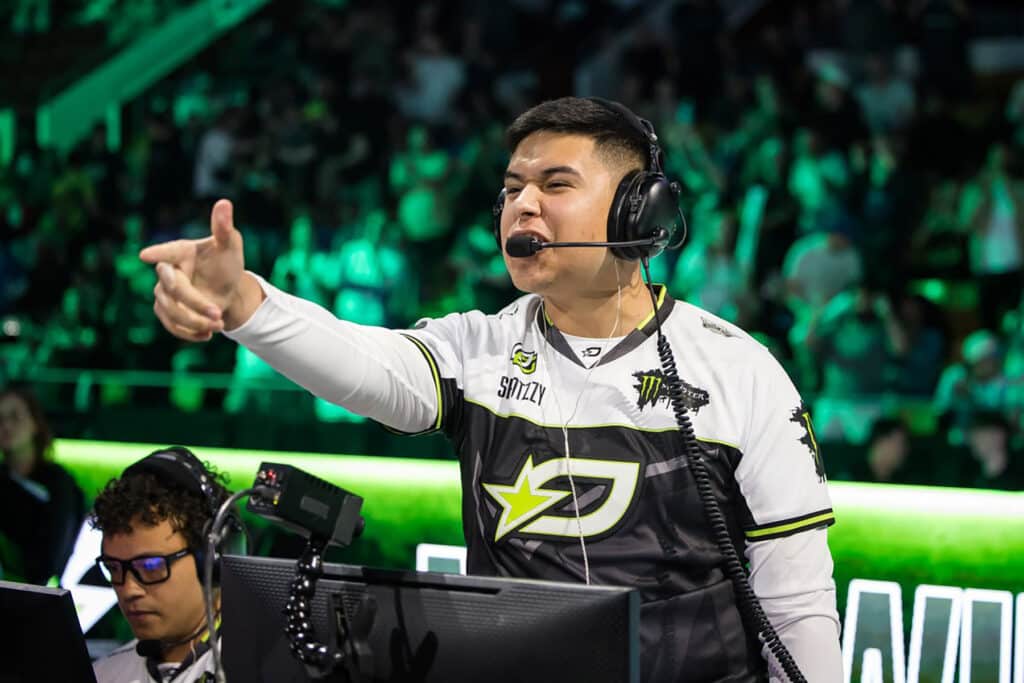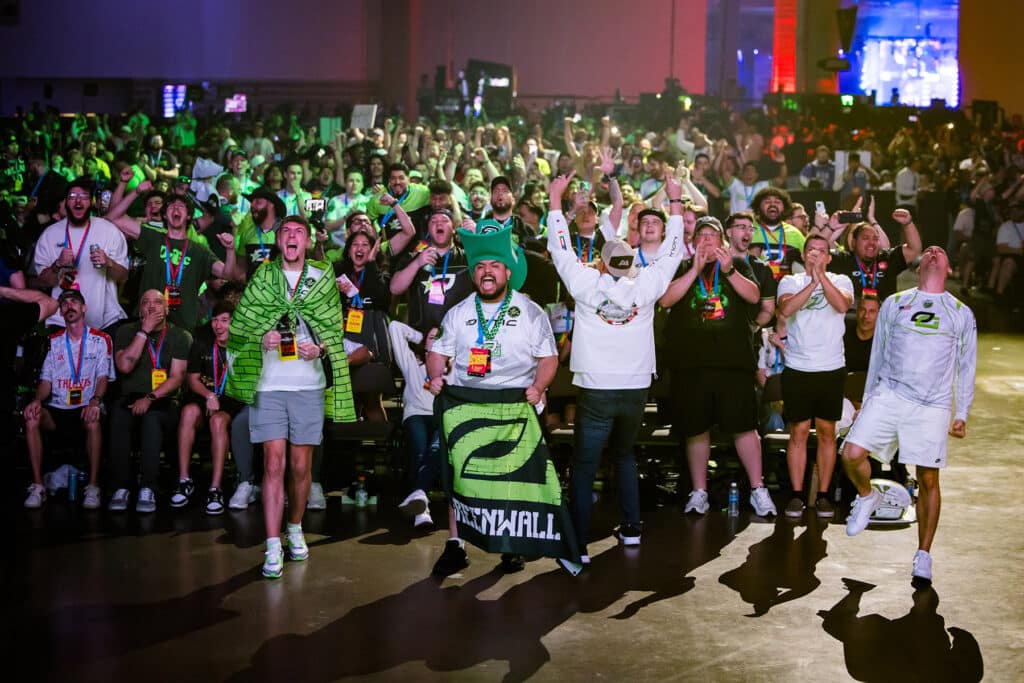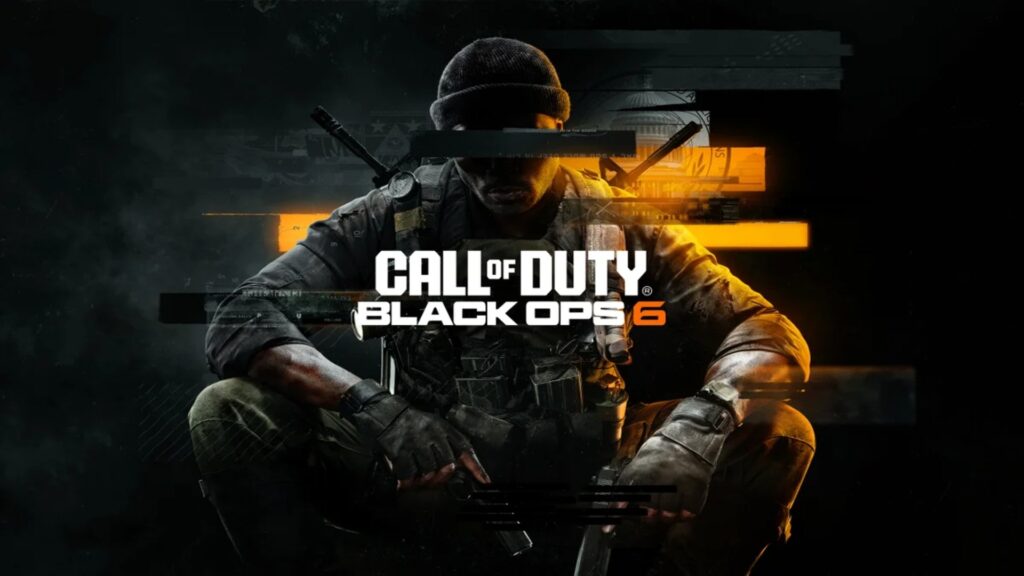Call of Duty changes the title it uses for its esports tournaments every season — a lot more often than other esports titles — resulting in players having to master new mechanics and weaponry to establish themselves among the best in the world.
In October 2024, Activision launched Call of Duty: Black Ops 6, the sixth instalment of the popular Black Ops sub-series. Developed by Treyarch, a studio known for developing the Call of Duty esports scene, the arrival of Omnimovement looked to create a skill gap in addition to innovating existing in-game mechanics.
With the Call of Duty League (CDL) season at its end, Esports Insider takes a closer look at whether Black Ops 6 was a title suitable for esports.
Pro: Creation Of Skill Gap

Since Call of Duty’s return to boots-on-the-ground movement mechanics in 2017, developers have opted to keep the linear system within its titles until Black Ops 6 introduced Omnimovement, a new system where players could sprint, slide and dive in any direction. As a result, players competing in the CDL were quick to discover the most effective methods of navigating the maps as fast as possible.
As a result, those who mastered Omnimovement quickly rose towards the top of the league table, creating a skill gap separating the good from the great. The likes of three-time CDL champion, Anthony ‘Shotzzy’ Cuevas-Castro, quickly got to grips with Omnimovement, excelling in map navigation to outwit the opposition with ease on a regular basis.
Thanks to a better understanding of the mechanics, top teams like OpTic Texas managed to stay alive in the heat of battle for longer, ultimately making the difference between victory and defeat.
Con: A Flawed Map Pool
Well-designed maps often make or break a Call of Duty esports season — and for Black Ops 6, the majority of battlegrounds used in competitive play were the best of what was otherwise a bad bunch. However, the arrival of Hacienda as part of the Season 1 Reloaded update injected a much-needed breath of fresh air to the scene, thanks to the map’s previous appearance during the Call of Duty: Black Ops 4 season.
With regular attempts from Treyarch to re-evaluate the map pool, the CDL struggled to deem most post-launch maps appropriate for competitive play, whether it was due to imbalanced Hardpoint hill positions or sub-optimal spawn logic.
The lack of map variety often resulted in several matches featuring the same map being played across the three game modes, making some matches throughout the season feel repetitive.
“What happened to my GOATs [Treyarch]?” questioned Brandon ‘Dashy’ Otell during the early stages of the Black Ops 6 cycle. “The game’s good, though the maps are horrible.”
Con: Limited Weapon Arsenal
The launch of a new Call of Duty title usually means the arrival of an extensive weapon arsenal for players to master. For the CDL, however, the majority of the arsenal is restricted, forcing players to use one or two weapons deemed appropriate for competition.
Despite the developer’s best efforts to add variety to the weapons, most additions were shut down after being deemed overpowered, sparking an imbalance in the existing meta. The Jackal PDW submachine gun and the AMES 85 assault rifle became mainstays of the CDL meta. While the pairing established distinct roles within a team, there was a lack of opportunities for players to execute unorthodox strategies with another weapon to gain the advantage during the heat of battle.
The lack of weapon variation, combined with the implementation of the unofficial gentlemen’s agreement, may have resulted in a balanced ruleset, but it resulted in an esports title that looked significantly different from the title played by the millions of players regularly.
Pro: Strong Viewing Figures

Despite the issues, the CDL managed to pull impressive viewing figures throughout the regular season, across the four Majors and the season-ending Championship Weekend, the latter of which managed to record the highest viewership in the league’s five-year history.
According to Esports Charts, all online qualifiers, Majors and Champs recorded peak viewing figures of over 150,000, with Champs recording the highest peak viewership with 353,525 fans tuning in for the Grand Final.
While the title had its flaws, the fan-favourite franchise of OpTic Texas continued to cement its place as one of the most popular esports teams in the world, defeating Vancouver Surge in the final to become the first organisation to win back-to-back CDL Championships.
Having established franchises such as OpTic Texas, the Los Angeles Thieves, and Atlanta FaZe has gone a long way in attracting fans familiar with the parent organisations and their players. Additionally, all 12 franchises are producing a wide range of content to improve fan engagement.
For example, OpTic’s struggles to make it into the top eight for Champs provided an excellent storyline for fans to get behind. Having bounced back from the worst losing streak in CDL history, the Green Wall recruited Mason ‘Mercules’ Ramsey to the starting lineup, resulting in an immediate uptick in form and cementing the new recruit as a star.
Con: Technical Difficulties
Throughout the regular season, bugs with the Black Ops 6 caster tool resulted in the CDL being forced to use older title builds for practice and online Major qualifiers. As a result, players were left unable to practice due to the differences between the game’s current state and the previous build.
With several players publicly criticising Treyarch regarding slow response times to apply fixes, the Black Ops 6 cycle has struggled to reach its full potential as an esports title.
A Successful Esports Title?
Call of Duty: Black Ops 6 had plenty of elements that lent itself to becoming a fully-fledged esports title. Innovative movement mechanics added a layer of skill to navigating the battlefield, but this was followed by a weapon arsenal that lacked variety, resulting in the title struggling to appeal to its wider audience.
Despite its flaws, the CDL managed to capitalise on engaging storylines to generate interest for Black Ops 6 esports matches, resulting in high and stable viewing figures. Players competing at the highest level made the most of the available weaponry and map pool to create an engaging product that delivered plenty of drama every time a shot was fired on the virtual battlefield.
Overall, Call of Duty: Black Ops 6 has to be viewed as a successful esports title due to its rise in popularity and growing fanbase. As attention turns towards the launch of Call of Duty: Black Ops 7, the community hopes Treyarch can deliver an even better experience to take Call of Duty esports to the next level.
The post Was Call of Duty Black Ops 6 a good esports title? appeared first on Esports Insider.

